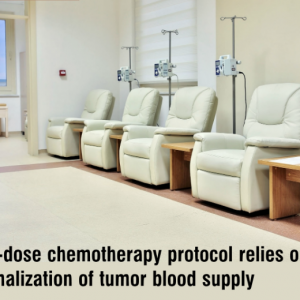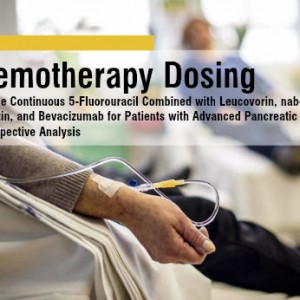
healthyliving August 15th, 2019
Posted In: cancer care
Tags: all-trans-retinoic acid, ATRA, immune, immune response, MDSC, melanoma, myeloid derived suppressor cells, research, retinoic acid, stem cells, study, tumor, tumor progression

healthyliving July 8th, 2019
Posted In: cancer care
Tags: chemotherapy, low dose, low-dose chemotherapy, maximum tolerated dose, tumor, tumor treatment

“Circulating Tumor Cells Predictive of Adjuvant Radiotherapy Benefit in Early Breast Cancer” – an article from Cancer Therapy Advisor can be accessed here.
This article validates what I have been proposing for quite some time; we should be checking for circulating tumor cells (CTCs) in early stage cancer.
In the US, we have a test called CellSearch, to search for CTCs in breast, prostate, and colorectal cancer. This test is FDA approved to help physicians make clinical decisions in patients with metastatic breast, prostate, and colorectal cancer.
We know the greater the number of CTCs, in a patient with metastatic cancer, the worse the prognosis. This study found that approximately 20% of patients with early stage breast cancer had CTCs. This study also showed that more aggressive treatment, adding radiation therapy, in those with CTCs, improved survival.
One of my mantras has always been, “the practice of medicine lags far behind the science of medicine.” This scientific data can and should be applied to the practice immediately. On early stage cancers, we should be checking for CTCs. If we are dealing with breast, colorectal, or prostate cancer, we can use the CellSearch test for those in the U.S. If it is a different type of cancer, we will need to send the patients’ blood outside of the country (such as a lab in Germany), where they test 6 other genetic markers for CTCs. If the patient has early stage cancer and CTCs, in my opinion, the adjuvant or neoadjuvant treatment should be continued until the CTCs are zero.
healthyliving February 7th, 2019
Posted In: cancer care
Tags: breast cancer, cancer, cancer care, radiotherapy, tumor

Here is another publication on the use of low dose chemotherapy, but instead of being delivered in a metronomic fashion, one of the chemotherapy drugs was delivered in a continuous fashion. You can read the article on the National Institutes of Health website, by clicking the title below.
As I have previously mentioned, the longer the interval between chemotherapy dosing, the more likely cancer resistance will ensue.
In the current work, 1-year survival was 82%, versus 45% reported for FOLFIRINOX (standard of care), and median overall survival was 19 months, exceeding the 11.1 months for FOLFIRINOX. The authors conclude with the following, “In spite of the depressing statistics resulting from mostly negative trials, oncologists continue to accept the marginal benefits of currently sanctioned therapies for pancreatic cancer…There is no conclusive evidence that these treatment protocols are better than the 5FU-based regimens which were used in the 1980s and 1990s.”
Where and how did the concept of maximum tolerated dose chemotherapy (MTD) arise? MTD protocols were developed initially in the context of treating childhood leukemias and lymphomas; their extended clinical applications to the treatment of solid tumor malignancies were based largely on the therapeutic successes observed in the treatment of Hodgkin’s Disease and childhood ALL.
Therapeutic modeling in solid tumors was largely based on the growth parameters defined by the growth of leukemia cells. The primary therapeutic target in the leukemias/lymphomas is the abnormal cancer stem cell population of the bone marrow/lymph node. This target is more amenable to treatment with cytotoxic drugs that block cell cycle proliferation than are solid tumors, as the propagation of abnormally dividing cells comprises the primary cancer phenotype.
Solid tumor malignancies develop a phenotype that is a product not only of genetically induced cell cycle dysregulation, but also as a consequence of the abnormal microenvironment created by the tumor mass. The net result is a tumor whose proliferative capacity is generally restricted to its outer margins, thereby seriously limiting the potential efficacy of cancer drugs that target dividing cells.
Bottom line: We are still using chemotherapy dosing for solid tumors based on studies and trials treating leukemias/lymphomas, when in fact, these are two entirely different disease processes. It is time for a Wake-UP Call!
healthyliving October 1st, 2018
Posted In: cancer care
Tags: cancer care, chemotherapy, solid tumor, tumor